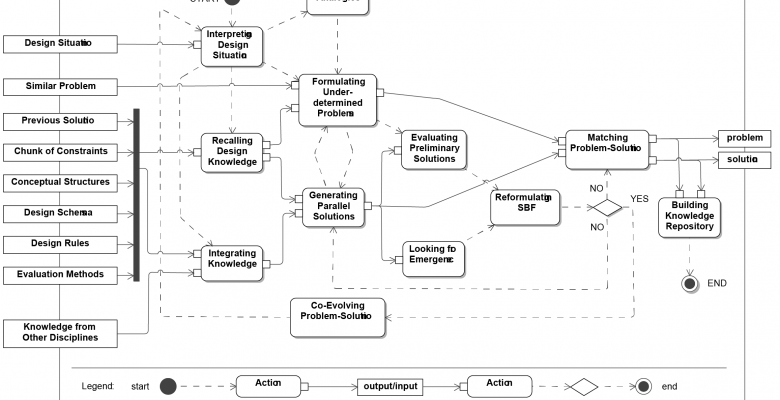Designers’ actions are high-level mechanisms based on heuristics and assumptions learned from professional experience. Significant research has been devoted to understanding these actions as well as finding ways to aid, automate, or augment them with computational support. However, representing and manipulating such tacit knowledge in computational environments remains an open area of research. In this paper, we map designers’ actions and relationships to compare them with computational approaches for the generation, evaluation, and selection of design alternatives, and attempt to integrate all of the above. The analysis provides a more thorough understanding of the role of computational approaches in supporting designer actions and identifies challenges and areas of future research.

